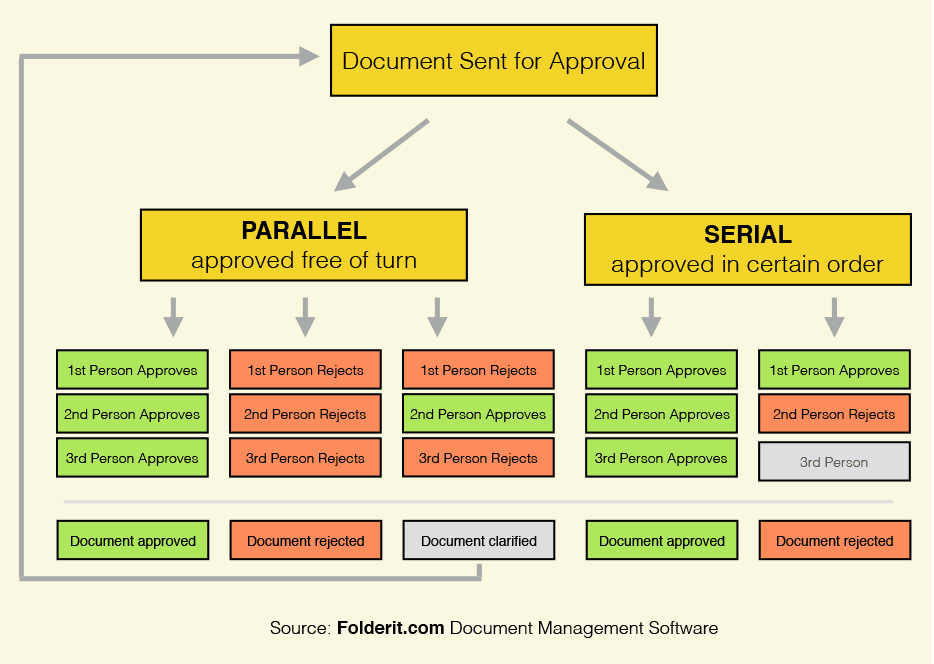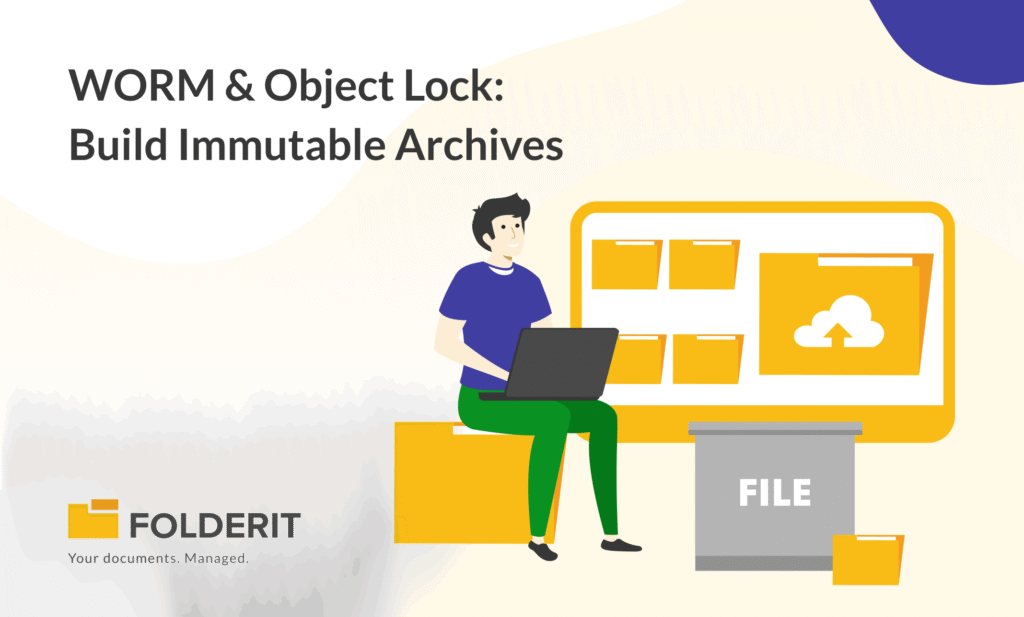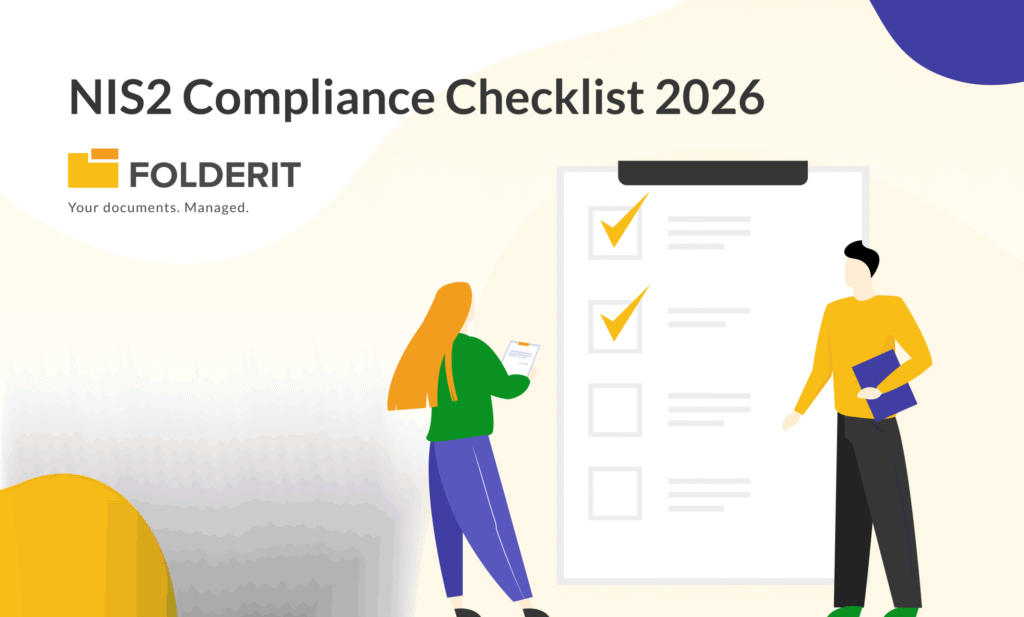Document approval workflow diagram is an easy explanation how the approval workflows in Folderit DMS work.

Document Approval Workflow Diagram
Approvals keep work moving without email back-and-forth. In Folderit you can run approvals in Parallel, Serial, or Custom mode (a mix of both). The diagram below shows how each path behaves; the notes here help you choose the right one and design a clear flow.
The three approval types
Parallel
Everyone you selected is invited at the same time. One person’s rejection doesn’t block others from responding, so you get faster, independent feedback. If the results are mixed, update the file and start the workflow again.
Serial
Invitations go one by one, in order. If someone rejects the document, the workflow stops and no further invitations are sent. This is ideal when each step depends on the previous person’s decision (e.g., Team Lead → Finance → Director).
Custom
Build a multi-step flow that combines serial and parallel stages. Example:
Step 1 — Finance + Legal (parallel) → Step 2 — Project Lead (serial) → Step 3 — Director (serial).
Use this when several teams must weigh in together before a final decision is made by a single role.
When to use which
-
Parallel: Time-sensitive feedback; many stakeholders with equal say (marketing material approval, policy updates).
-
Serial: Escalating authority or dependency (purchase approvals, controlled documents, contracts).
-
Custom: Cross-functional reviews that start broad and then narrow to a decision maker (RFP responses, SOP changes, quality-controlled processes).
How an approval run works in Folderit
-
Start — Launch the workflow manually from a file or have it trigger automatically when a file lands in a specific folder.
-
Notify — Assignees get an invitation; the item also appears on each person’s Personal Dashboard under incoming workflow requests.
-
Decide — Participants approve or reject (in parallel or in order, depending on your setup).
-
Track — Every action is recorded in the audit trail, and you can export a summary PDF of the workflow.
-
Complete & route — After completion, you can automatically move the document to another folder that has its own workflow (for example, from approval → eSign, or approval → acknowledgement).
Tip: If your goal isn’t “approve or reject,” use a different workflow type:
-
Acknowledgement to confirm people have read a document (for ISO/regulatory use).
-
Review to gather comments before you seek formal approval.
-
Folderit eSign (or DocuSign integration) for legally binding signatures on the final version.
Designing a solid Custom flow (quick pattern)
-
Group simultaneous reviewers into a parallel step (e.g., Finance + Legal).
-
Follow with decision owners in serial (e.g., Project Lead → Director).
-
Finish with routing: after approval, auto-move the file to a “Signed” or “Published” area that triggers eSign or Acknowledgement.
Practical tips
-
Keep steps purposeful. If a person only needs visibility, consider Acknowledgement instead of approval.
-
Use folder-based triggers for repeatable processes—drop files in, and the right workflow starts automatically.
-
Iterate quickly. Mixed responses in Parallel? Update the file, add notes, and re-run the step.
-
Keep the record. The audit trail and summary PDF make audits and handovers straightforward.
That’s it—use the diagram to pick the path, and these patterns to keep approvals fast, traceable, and consistent.
See exactly how approving documents electronically works in Folderit!






